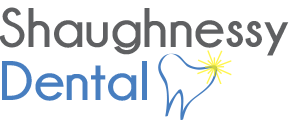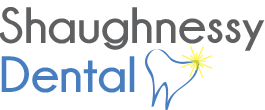Dental Hygiene
Oral Health for Baby
Typically, we don’t think of cavities or gum disease in connection with babies. But in fact, oral diseases begin very early, from the time bacteria begin to live in the oral cavity.
As new teeth come in (called “eruption”) and the diet of the infant and young child becomes more sophisticated, bacteria continue to produce acids and toxins that are harmful to hard and soft tissues in the mouth.
By the time they are teenagers, all children have experienced some form of oral infectious disease.
Baby’s First Teeth
Baby’s first teeth (called “primary” teeth) are key to healthy adult teeth. Primary teeth hold a space for permanent teeth. If your child loses a tooth because of decay, the permanent tooth may erupt at an angle, causing crowding of the adult teeth.
Early loss of baby teeth can also affect speech patterns, chewing ability and the use of the tongue.
There are 20 primary teeth. They usually erupt beginning with the central incisors (bottom middle teeth) at 6 to 10 months, and ending with the second molars shortly after the age of 2. The shedding of these teeth takes place between 6 and 12.
Comments are closed


